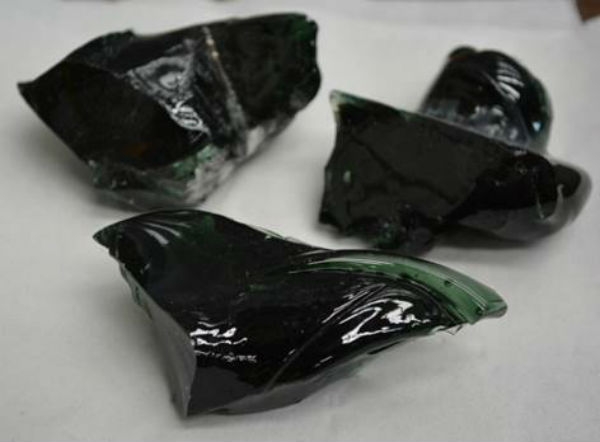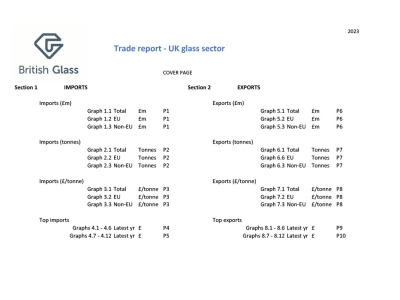
Capturing radioactive sludge from spent nuclear fuel in glass could help solve the growing problem of disposal for the nuclear industry in the UK and around the world.
Experimental work by materials scientists at research and innovation company Glass Technology Services, together with the University of Sheffield, has shown that sludge produced by the storage and re-processing of nuclear fuel rods can be captured in glass, or vitrified.
Using new glass compositions the process of thermal vitrification was shown by the three-year £1.3million ‘Hazmelt’ project to be able to chemically incorporate and immobilise the sludge.
The process also reduces the volume of the waste by up to 90%, partly by reducing water content, representing significant cost savings for future waste storage.
This provides an alternative to the currently proposed method used of mixing the waste with cement grout.
Dr Nick Kirk, Martyn Marshall, Rob Werner and Dr Owen McGann of Glass Technology Services (GTS) together with Professor Russell Hand and Shegheng Tan of the University of Sheffield, published a joint paper on the subject: ‘Vitrification of an intermediate level Magnox sludge waste’ in the Journal of Nuclear Materials January 2019.
Find the full report on the Science Direct website.
The expertise provided by GTS specialists is part of the organisation’s breadth of knowledge in glass composition.


